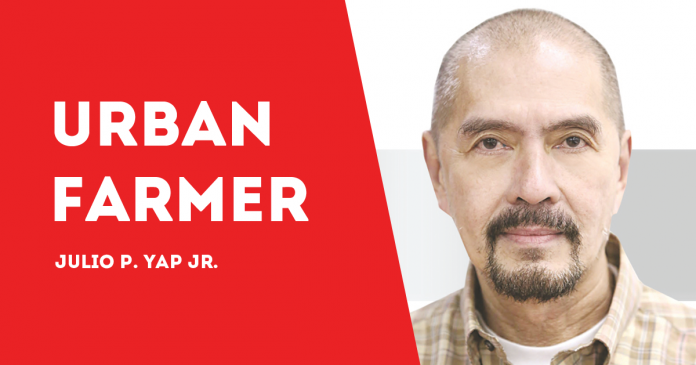
A TECHNOLOGY transfer modality dubbed “Science and Technology Community-Based Farm (STCBF)” is an expanded S&T-Based Farm which highlights the effectiveness of S&T interventions that were derived from research and development (R&D) outputs of different institutions.
It aims to promote a wider adoption of the recommended technologies and enhance active participation as well as empower the community, particularly local government units and community-based organizations in promoting the application of recommended technologies.
The STCBF is a protocol developed by the Philippine Council for Agriculture, Aquatic and Natural Resources Research and Development of the Department of Science and Technology (DOST-PCAARRD), where interventions are based on the identified needs of the community.
It will be implemented by a group of farmers in an organization using their own resources as counterpart.
Led by a Magsasaka Siyentista or Community Leader, beneficiaries of the STCBF include a cluster of 20 to 30 farmers.
Baseline information on farming practices and production economics of the cooperators will be used to measure the success of the project, including its diffusion to other farmers in the community or adjacent areas.
With STCBF, farmers can benefit through a wider adoption of appropriate S&T interventions, sustainable supply of quality farm products and raw materials that can increase farm profitability, community empowerment, better supply chain, and improved partnership and linkages with the other stakeholders.
The four components of the STCBF project are: techno-demonstration farm; capacity building; promotion and linkages; and, IEC materials.
Under the program, various projects on coffee, ornamentals (Chrysanthemum), bamboo, sea cucumber, seaweeds, dairy buffalo, mango, rice, tilapia, goat, banana, coconut, rubber, shrimp, abaca, jackfruit, cacao, and vegetables were already completed in 12 different regions.
Other projects are still being conducted in Region 10 for cacao, and in Region 12 for rubber.
Newly approved projects on coffee, bamboo, and Falcata in Mindanao, as well as Gmelina in Luzon, will soon be implemented.
On the other hand, the Science and Technology Action Frontline for Emergencies and Hazards (SAFE) is another technology transfer modality which is being initiated by PCAARRD for resilient agri-based enterprises.
It provides S&T-based interventions to prevent or prepare for climate and environment related emergencies and hazards in the Agriculture, Aquatic, and Natural Resources sector.
This is PCAARRD’s direct contribution to disaster risk reduction and management, as well as post-disaster community rehabilitation and reinforcement in the country.
It also aims to establish and maintain an institutional Quick Response Management Program as a technology transfer innovation as an answer to various emergencies and hazards, especially in cases of ecological imbalance brought about by climate change, pollution, and other anthropogenic factors.
Beneficiaries of the SAFE modality are farming and fishing communities and other agri-based enterprises.
SAFE Components include the SAFE Iwas; SAFE Ligtas; SAFE Rescue (Pest & Disease); capacity building; organization and policy; information, education, and communication development; promotion and awareness; and information and communications technology (ICT) and ICT build-up.
SAFE Iwas are pre-disaster risk reduction activities, which include preparedness or contingency planning, warning and evacuation, and consolidation of preparations for next disasters. (jaypeeyap@ymail.com/PN)


